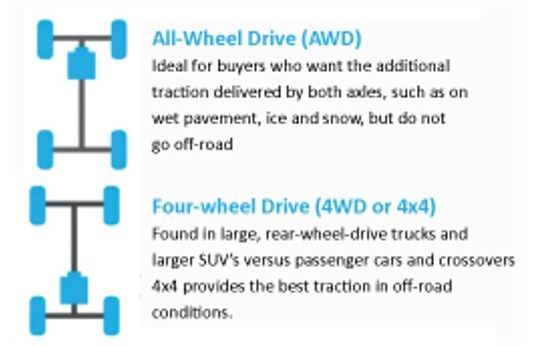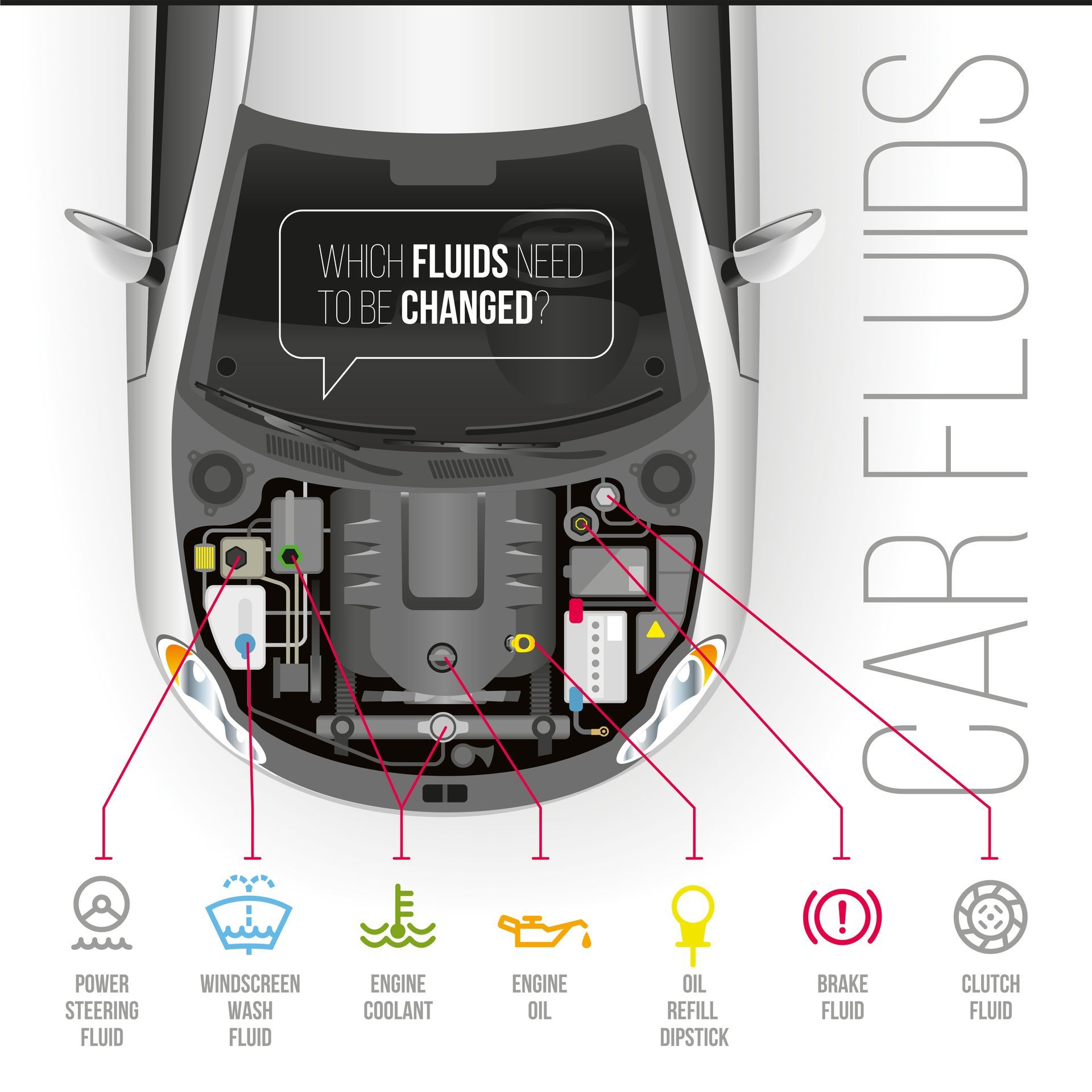What is the difference between 4WD and AWD?
All Wheel Drive (AWD):
All-wheel drive is a drive system automatically sending engine torque back and forth between the front and rear wheels. All this activity takes place without any driver input. The idea is to maintain optimum traction. On dry pavement, all or most of the engine’s power goes to either the front or rear wheels. When the AWD system senses wheel slippage on one or both primary drive wheels, it shifts some engine power to the other set of wheels.
AWD Pros
- Added traction in bad weather
- Operates automatically and seamlessly
- System reaction is quicker than a human’s
- More fuel efficient than 4WD
- Added value if you sell
AWD Cons
- Cost
- Not engineered for more extreme situations
Four-Wheel Drive (4WD)
Four-wheel drive is typically a part-time system engineered more for off-road than foul weather. when the driver shifts into 4WD, it locks the front and rear axles together, meaning all four wheels receive equal power and rotate at the same speed. Once engaged, 4WD systems don’t rely on a computer to sense wheel slip.
4WD Pros
- Off-roading capability
- More towing capability than AWD
- Extra weight of 4WD contributes to improved traction
4WD Cons
- Poor fuel economy
- Additional weight increases stopping distances
Whether your car features 4WD or AWD, Paul Campanella’s Auto and Tire Center is able to address problems with both.










